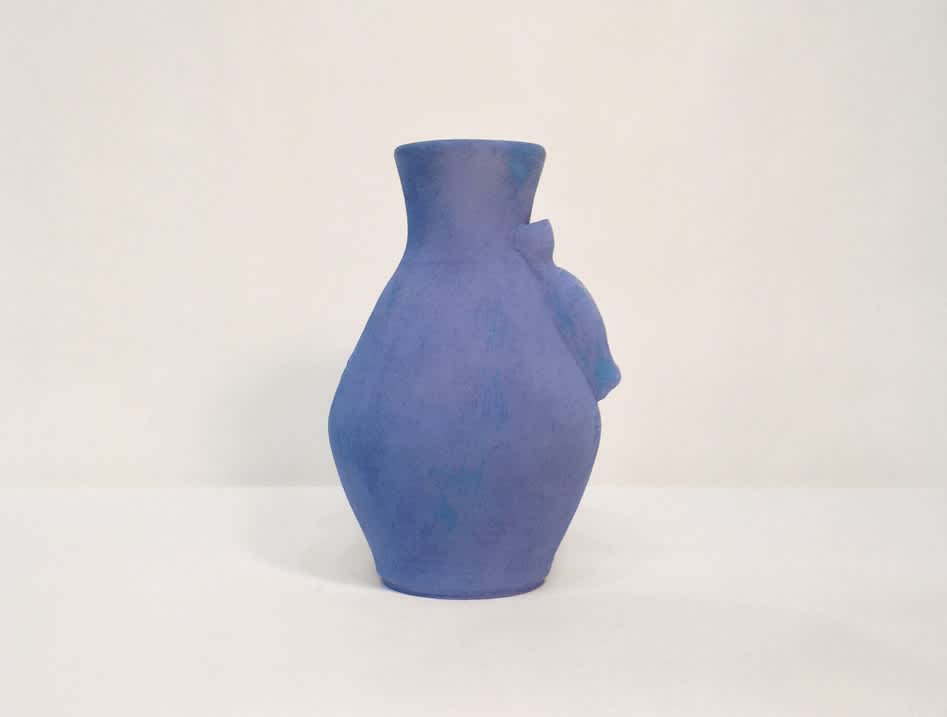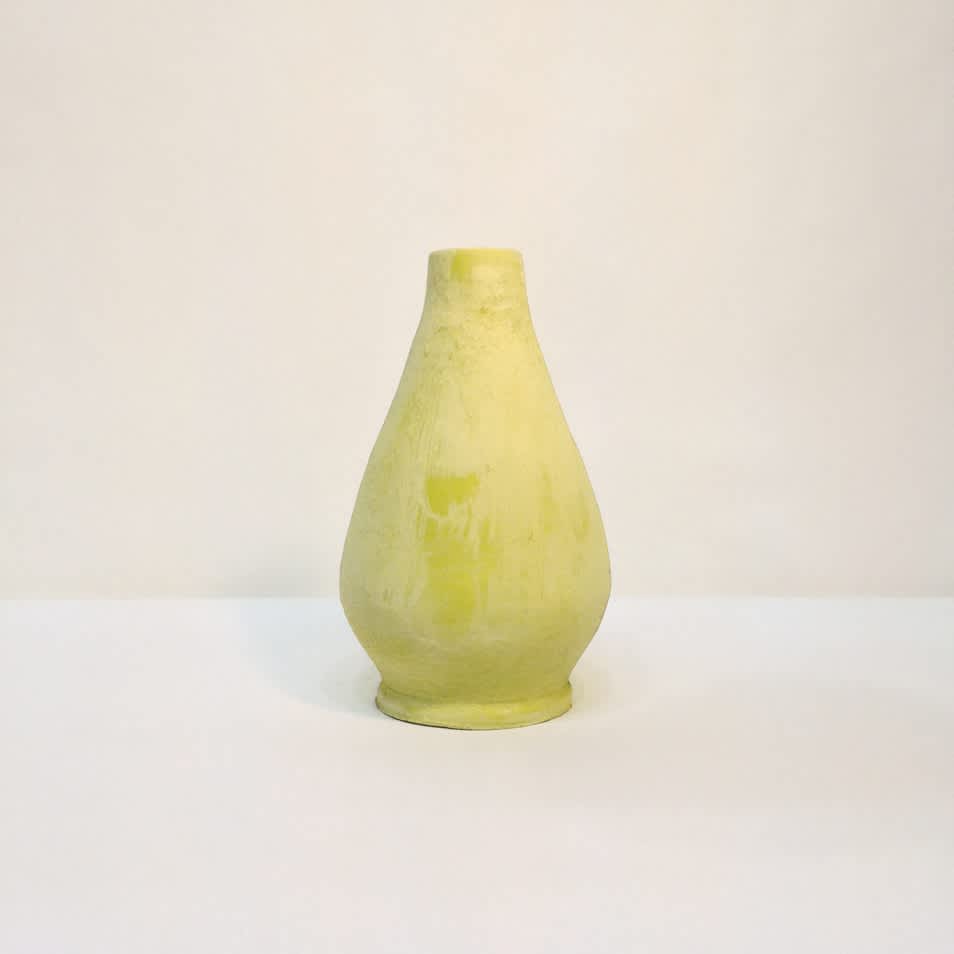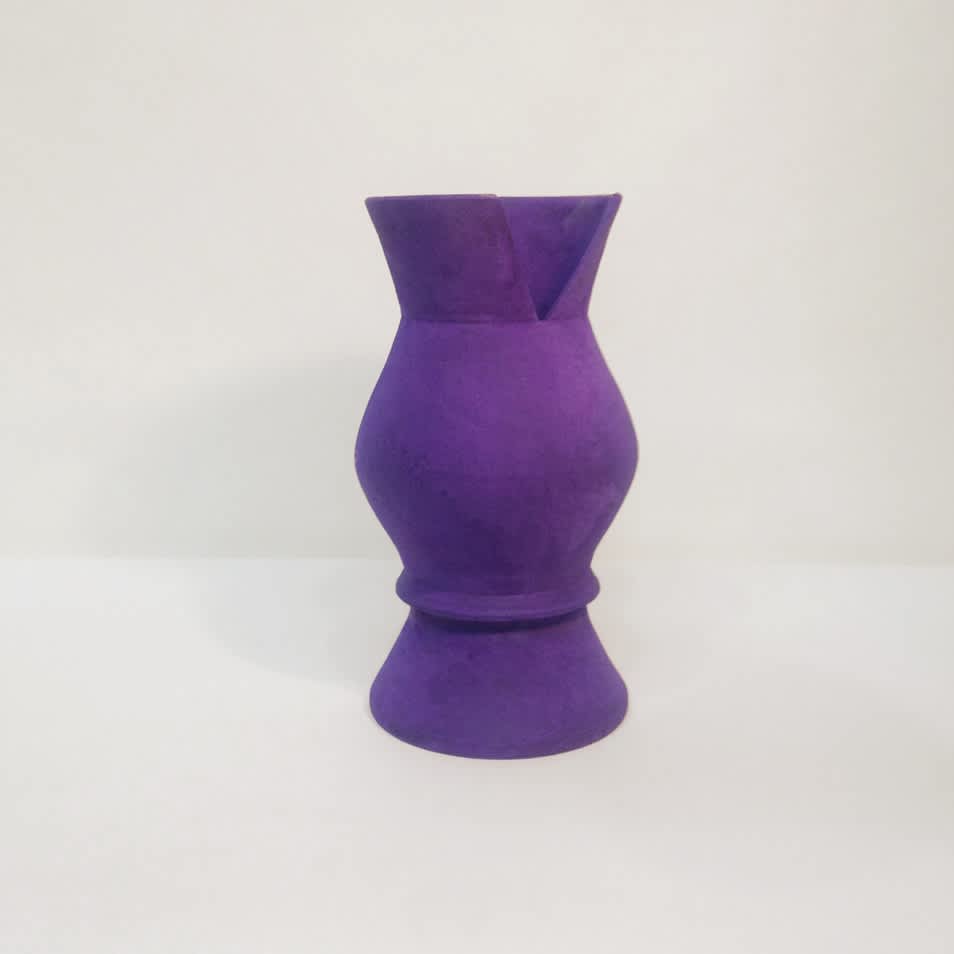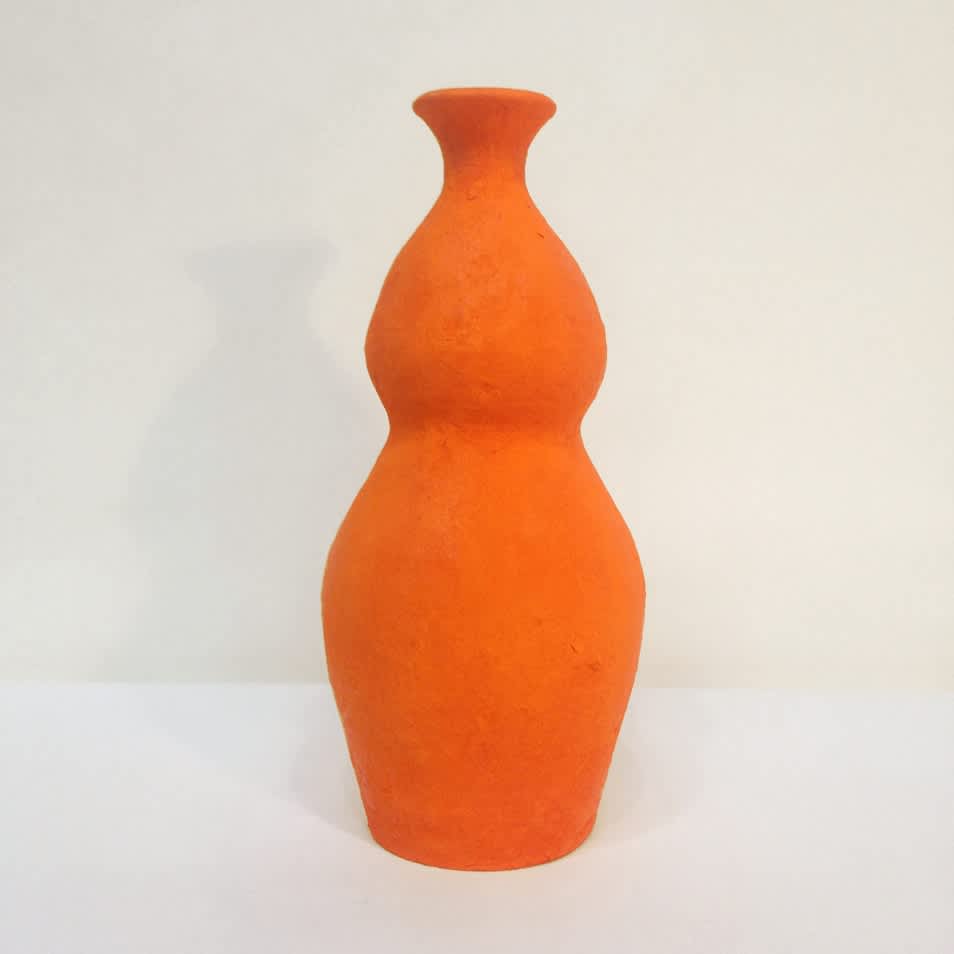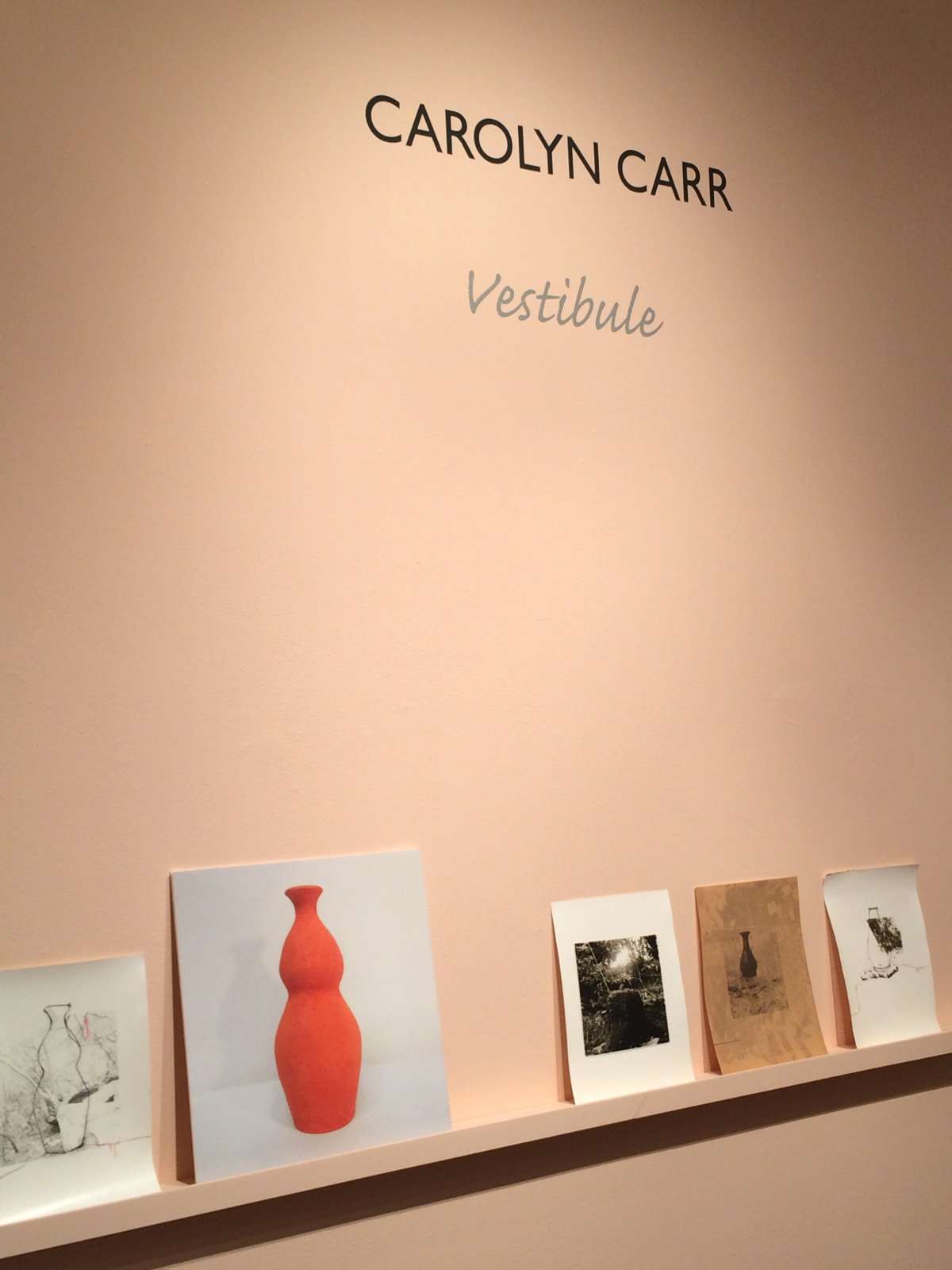Carolyn Carr: Vestibule
Overview
In Vestibule, Carolyn Carr places photographs that have been printed and altered through traditional and unconventional methods in context with sculptural objects in situ. Vestibule is the second in Carr’s series of installations to address and embody interior spaces as a ‘still life.’ Carr describes these room-sized installations as “fictitious interiors of quiet contemplation.” Carr made a pilgrimage to writer Flannery O’Connor’s family farm, Andalusia, in rural Georgia in 2012. Her aim was to observe and photograph the place where O’Conner had created rooms for her characters. She also drew inspiration from a nearby town called Milledgeville, that was once home to an asylum housing women suffering from mental distortions. The institution, now shuttered, was criticized for locking up women who simply questioned and lived beyond the norms of their time. Coincidentally, the clay Carr used to create her initial series of hand-built vessels was sourced from Lizella, Georgia (also near Andalusia). Another critical facet of Carr’s process involved two self-imposed summer residencies in the North Carolina mountain range. In Appalachia, she learned pottery techniques on the wheel that had been passed down generationally. As a contemporary artist raised in the South, learning traditional craft techniques in this artistically rich area raised new questions for Carr around her own cultural identity. Carr continued photographing the landscape from whence the clay originated, focusing on peripheral angles, rather than typical points of view. The sculptures, once completed, were formally arranged in the studio and photographed. Some images are straight prints; some images were printed as inkjet negatives and taken into the darkroom to be double exposed with the traditional negatives of the landscapes. Other photographic prints were over-painted with drawings of the vessels. The vessels are surrogates for content. The photographs are an examination of perspective. The arrangement of the work in a pale pink room serves as a document of inquiry, a place of labor, and is a decidedly feminine space. Artist Craig Drennan has described it as “[having] an otherworldly feel, like props for a dystopian film. They seem old and futuristic at the same time.”

